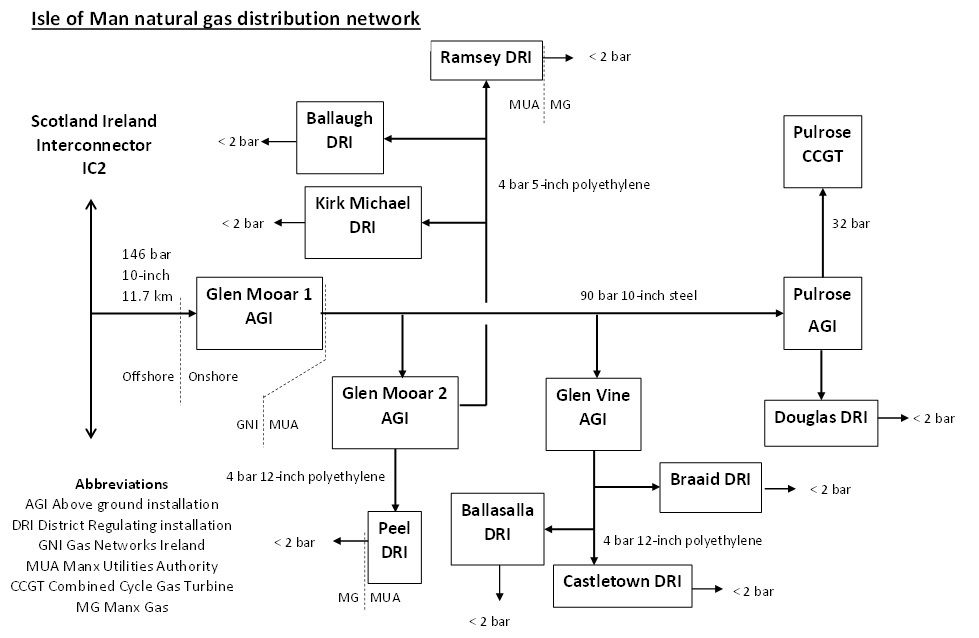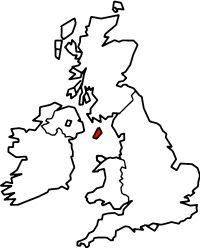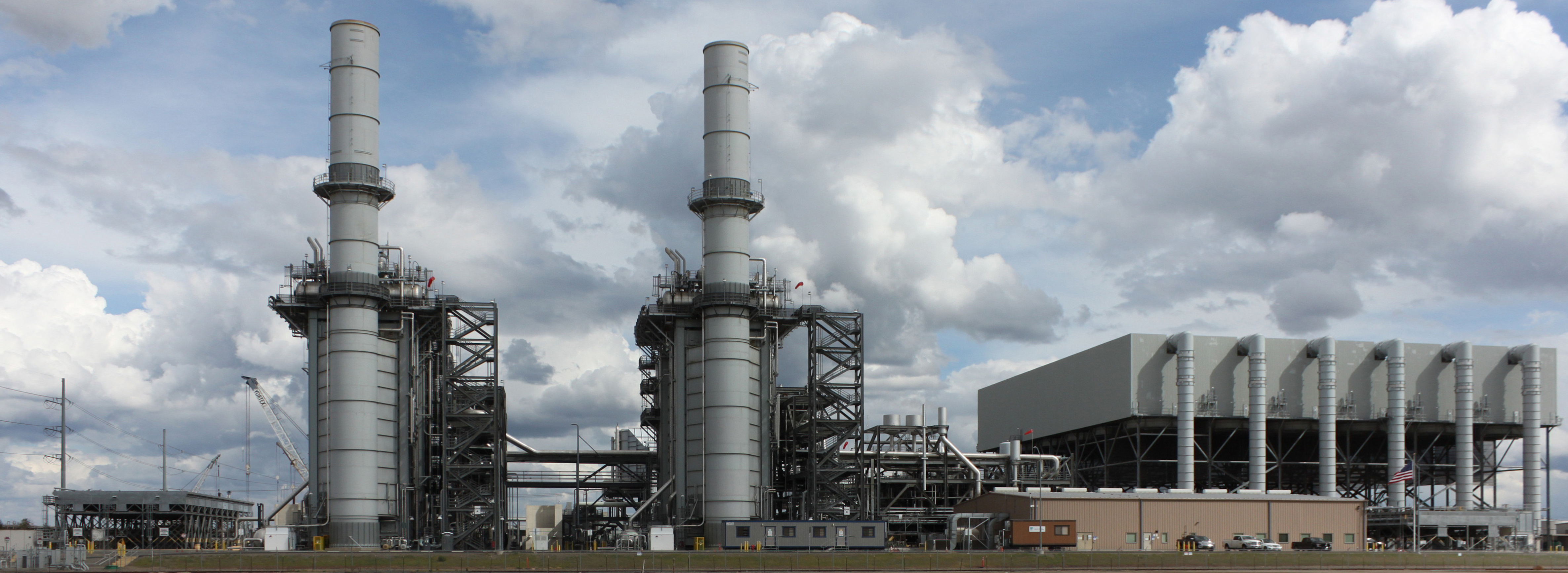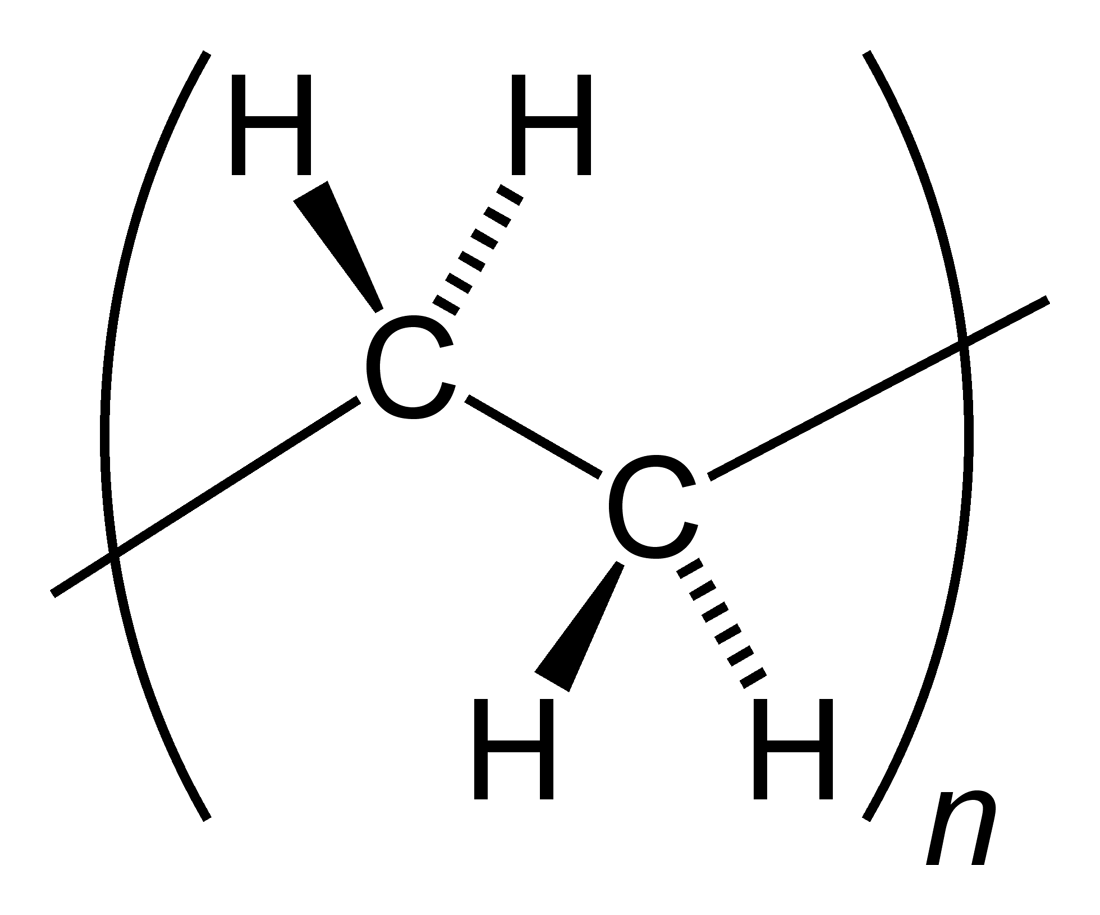|
Isle Of Man Gas Industry
Gas for lighting and heating has been supplied to users on the Isle of Man starting in 1836; first as town gas, then as liquefied petroleum gas (LPG), and since 2003 natural gas has been available. The future use of hydrogen as a supplementary or substitute fuel is being studied. History In 1835 the Douglas Gas Light Company sought legal powers to act as a gas undertaking to make and supply gas to domestic and commercial users in Douglas. These powers were enacted by Tynwald in the Douglas Gas Act 1835. The first gas was made available the following year. Gas undertakings in four other localities were established; these supplied gas to their local area: they were Castletown (Castletown Gas Works Company Limited, 1857), Peel (Peel Gas Light Company, 1857), Rushen (Port Erin and Port St Mary Gas Company), and Ramsey (Ramsey Gas Light Company Limited, 1857). Town gas Gas was made by carbonising (roasting) coking coal which produced town gas – or coal gas – and a range of by-p ... [...More Info...] [...Related Items...] OR: [Wikipedia] [Google] [Baidu] |
Coal Gas
Coal gas is a flammable gaseous fuel made from coal and supplied to the user via a piped distribution system. It is produced when coal is heated strongly in the absence of air. Town gas is a more general term referring to manufactured gaseous fuels produced for sale to consumers and municipalities. The original coal gas was produced by the coal gasification reaction, and thus the burnable component consisted of a roughly equal molecular mixture of carbon monoxide and hydrogen. Thus, coal gas was highly toxic. Other compositions contain additional calorific gases such as methane, produced by the Fischer-Tropsch process, and volatile hydrocarbons together with small quantities of non-calorific gases such as carbon dioxide and nitrogen. Prior to the development of natural gas supply and transmission—during the 1940s and 1950s in the United States and during the late 1960s and 1970s in the United Kingdom and Australia—almost all gas for fuel and lighting was manufactured fr ... [...More Info...] [...Related Items...] OR: [Wikipedia] [Google] [Baidu] |
Morecambe Bay
Morecambe Bay is a large estuary in northwest England, just to the south of the Lake District National Park. It is the largest expanse of intertidal mudflats and sand in the United Kingdom, covering a total area of . In 1974, the second largest gas field in the UK was discovered west of Blackpool, with original reserves of over 7 trillion cubic feet (tcf) (200 billion cubic metres). At its peak, 15% of Britain's gas supply came from the bay but production is now in decline. It is also one of the homes of the high brown fritillary butterfly. Natural features The rivers Leven, Kent, Keer, Lune and Wyre drain into the Bay, with their various estuaries making a number of peninsulas within the bay. Much of the land around the bay is reclaimed, forming salt marshes used in agriculture. Morecambe Bay is also an important wildlife site, with abundant birdlife and varied marine habitats, and there is a bird observatory at Walney Island. The bay has rich cockle beds, which hav ... [...More Info...] [...Related Items...] OR: [Wikipedia] [Google] [Baidu] |
Manx Electricity Authority
The Manx Electricity Authority ( gv, Lught-reill Lectraghys Manninagh) was a Statutory Board of the Isle of Man Government which generated and supplied electricity for the Isle of Man. In 2014 it became part of the Manx Utilities Authority when it was merged with the Isle of Man Water and Sewerage Authority. History Douglas Corporation Electricity Following the First World War the development of utilities on the Isle of Man was considered essential. To meet the demand for electricity in the Douglas area Tynwald considered whether this should be met by a subsidiary of the Douglas Gas Company or by the Douglas Corporation. In 1921 the Corporation of Douglas was granted monopoly powers to establish an electric light and power works under the provisions of the ''Douglas Corporation Electric Light and Power Act 1921''. Electricity supplies started in June 1923. Authorised distribution covered an area of 17 square miles, including Douglas, Onchan, Union Mills, Tromode, and Grou ... [...More Info...] [...Related Items...] OR: [Wikipedia] [Google] [Baidu] |
Economy Of The Isle Of Man
The economy of the Isle of Man is a low-tax economy with insurance, online gambling operators and developers, information and communications technology (ICT), and offshore banking forming key sectors of the island's economy. As an offshore financial centre located in the Irish Sea, the Isle of Man is within the British Isles but does not form part of the United Kingdom and is not a member of European Union. As of 2016, the Crown dependency's gross national income (GNI) per capita was US$89,970 as assessed by the World Bank. The Isle of Man Government's own National Income Report shows the largest sectors of the economy are insurance and eGaming with 17% of GNI each, followed by ICT and banking with 9% each, with tourist accommodation in the lowest sector at 0.3%. Economic performance After 32 years of continued Gross Domestic Product (GDP) growth, the financial year 2015/16 showed the first drop in GDP, of 0.9%, triggered by decline in eGaming revenues. The unemployment rat ... [...More Info...] [...Related Items...] OR: [Wikipedia] [Google] [Baidu] |
Hydrogen
Hydrogen is the chemical element with the symbol H and atomic number 1. Hydrogen is the lightest element. At standard conditions hydrogen is a gas of diatomic molecules having the formula . It is colorless, odorless, tasteless, non-toxic, and highly combustible. Hydrogen is the most abundant chemical substance in the universe, constituting roughly 75% of all normal matter.However, most of the universe's mass is not in the form of baryons or chemical elements. See dark matter and dark energy. Stars such as the Sun are mainly composed of hydrogen in the plasma state. Most of the hydrogen on Earth exists in molecular forms such as water and organic compounds. For the most common isotope of hydrogen (symbol 1H) each atom has one proton, one electron, and no neutrons. In the early universe, the formation of protons, the nuclei of hydrogen, occurred during the first second after the Big Bang. The emergence of neutral hydrogen atoms throughout the universe occurre ... [...More Info...] [...Related Items...] OR: [Wikipedia] [Google] [Baidu] |
Manx Utilities Authority
The Manx Utilities Authority ( gv, bun shirveishyn vannin) is a Statutory Board of the Isle of Man Government which provides utilities for the Isle of Man. It was created in 2014 by the merging of the Manx Electricity Authority with the Isle of Man Water and Sewerage Authority. History The public utilities on the Isle of Man were the responsibility of a range of organisations; over time they assumed the remit of, or were merged with, or demerged from, other bodies. These historic changes are summarised as follows and are depicted on the diagram. * The Manx Electricity Authority was established in July 1983 to develop and maintain an efficient and economical system of electricity supply for the Island. Its legal position was established by the Electricity Act 1984. ** The Manx Electricity Authority was constituted by the merger of the Isle of Man Electricity Board (1932–1984) and the Electricity Department of the Douglas Corporation (1921–1983). ** The Manx Electricity Aut ... [...More Info...] [...Related Items...] OR: [Wikipedia] [Google] [Baidu] |
Combined Cycle Power Plant
A combined cycle power plant is an assembly of heat engines that work in tandem from the same source of heat, converting it into mechanical energy. On land, when used to make electricity the most common type is called a combined cycle gas turbine (CCGT) plant. The same principle is also used for marine propulsion, where it is called a combined gas and steam (COGAS) plant. Combining two or more thermodynamic cycles improves overall efficiency, which reduces fuel costs. The principle is that after completing its cycle in the first engine, the working fluid (the exhaust) is still hot enough that a second subsequent heat engine can extract energy from the heat in the exhaust. Usually the heat passes through a heat exchanger so that the two engines can use different working fluids. By generating power from multiple streams of work, the overall efficiency can be increased by 50–60%. That is, from an overall efficiency of the system of say 34% for a simple cycle, to as much as 64 ... [...More Info...] [...Related Items...] OR: [Wikipedia] [Google] [Baidu] |
Bar (unit)
The bar is a metric unit of pressure, but not part of the International System of Units (SI). It is defined as exactly equal to 100,000 Pa (100 kPa), or slightly less than the current average atmospheric pressure on Earth at sea level (approximately 1.013 bar). By the barometric formula, 1 bar is roughly the atmospheric pressure on Earth at an altitude of 111 metres at 15 °C. The bar and the millibar were introduced by the Norwegian meteorologist Vilhelm Bjerknes, who was a founder of the modern practice of weather forecasting. The International System of Units, despite previously mentioning the bar, now omits any mention of it.. The bar has been legally recognised in countries of the European Union since 2004. British Standard BS 350:2004 ''Conversion Factors for Units''. The US National Institute of Standards and Technology (NIST) deprecates its use except for "limited use in meteorology" and lists it as one of several units that "must not be i ... [...More Info...] [...Related Items...] OR: [Wikipedia] [Google] [Baidu] |
Polyethylene
Polyethylene or polythene (abbreviated PE; IUPAC name polyethene or poly(methylene)) is the most commonly produced plastic. It is a polymer, primarily used for packaging (plastic bags, plastic films, geomembranes and containers including bottles, etc.). , over 100 million tonnes of polyethylene resins are being produced annually, accounting for 34% of the total plastics market. Many kinds of polyethylene are known, with most having the chemical formula (C2H4)''n''. PE is usually a mixture of similar polymers of ethylene, with various values of ''n''. It can be ''low-density'' or ''high-density'': low-density polyethylene is extruded using high pressure () and high temperature (), while high-density polyethylene is extruded using low pressure () and low temperature (). Polyethylene is usually thermoplastic, but it can be modified to become thermosetting instead, for example, in cross-linked polyethylene. History Polyethylene was first synthesized by the German ch ... [...More Info...] [...Related Items...] OR: [Wikipedia] [Google] [Baidu] |
Manx Natural Gas Distribution
Manx (; formerly sometimes spelled Manks) is an adjective (and derived noun) describing things or people related to the Isle of Man: * Manx people **Manx surnames * Isle of Man It may also refer to: Languages * Manx language, also known as Manx or Manx Gaelic, the native Goidelic Celtic language of the Indo-European language family of the Isle of Man * Manx English, the English dialect of the Isle of Man Animals and plants * Manx cat, a cat breed with no tail or sometimes a short tail, originating on the Isle of Man * Manx Loaghtan, a breed of sheep, originating on the Isle of Man * Manx Rumpy, a breed of chicken, not originating on the Isle of Man * Manx robber fly (''Machimus cowini''), an insect * Manx shearwater (''Puffinus puffinus''), a seabird * Isle of Man cabbage (''Coincya monensis monensis''), sometimes called the Manx cabbage * Cabbage tree (New Zealand) (''Cordyline australis''), sometimes called the Manx palm * Extinct animals from the Isle of Man Other uses * Man ... [...More Info...] [...Related Items...] OR: [Wikipedia] [Google] [Baidu] |
Kilowatt-hour
A kilowatt-hour ( unit symbol: kW⋅h or kW h; commonly written as kWh) is a unit of energy: one kilowatt of power for one hour. In terms of SI derived units with special names, it equals 3.6 megajoules (MJ). Kilowatt-hours are a common billing unit for electrical energy delivered to consumers by electric utilities. Definition The kilowatt-hour is a composite unit of energy equal to one kilowatt (kW) sustained for (multiplied by) one hour. Expressed in the standard unit of energy in the International System of Units (SI), the joule (symbol J), it is equal to 3,600 kilojoules or 3.6 MJ."Half-high dots or spaces are used to express a derived unit formed from two or more other units by multiplication.", Barry N. Taylor. (2001 ed.''The International System of Units.'' (Special publication 330). Gaithersburg, MD: National Institute of Standards and Technology. 20. Unit representations A widely used representation of the kilowatt-hour is "kWh", derived from its co ... [...More Info...] [...Related Items...] OR: [Wikipedia] [Google] [Baidu] |







